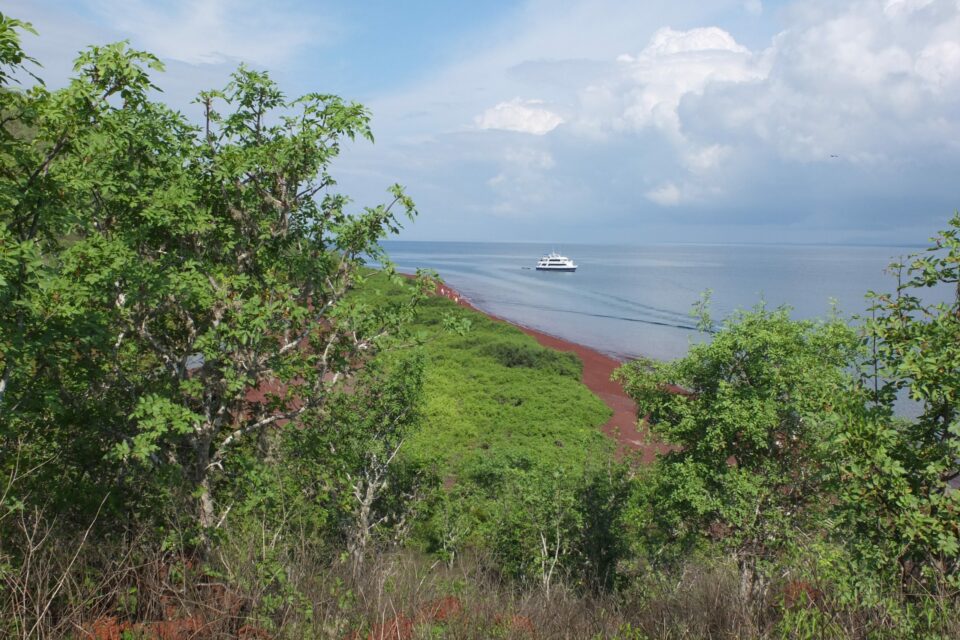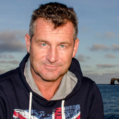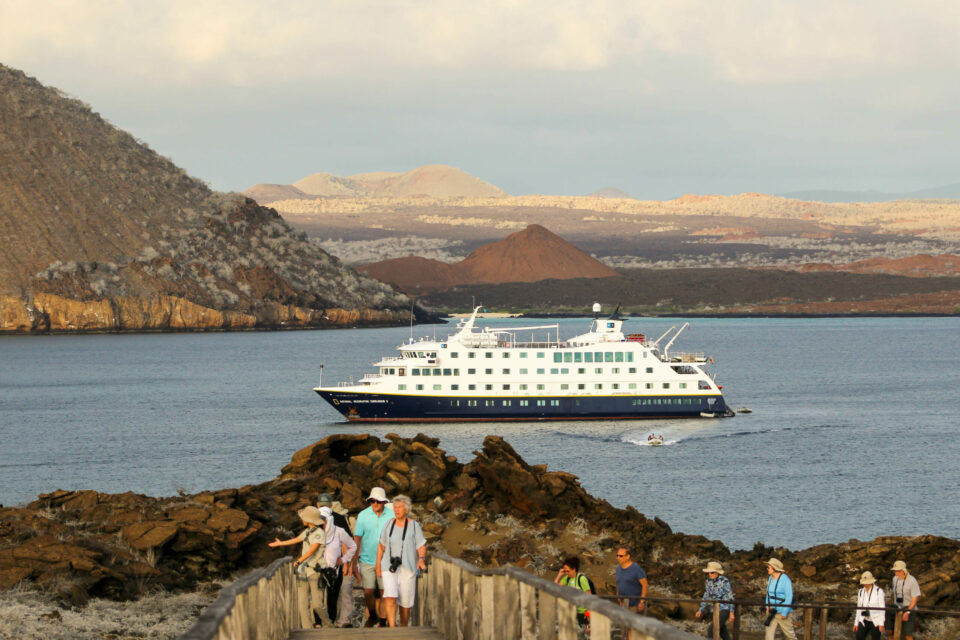

Galapagos and the Antarctic: A look beneath the surface
Vsitors to the tropical Galapagos Islands are frequently reminded of the connectivity this remote island ecosystem has with a much more frigid part of our planet: Antarctica.
Not simply because we find penguins on the Equator – the endemic Galapagos penguin – but because of the abundance of cold water species, found particularly in the western and southern areas of the Archipelago. These waters are enriched and cooled by ocean currents that almost certainly have their origins in the far south, quite possibly the deep Weddell Sea.
No matter how isolated an island ecosystem may appear, global connectivity through ocean currents and atmospheric circulation demonstrates how our planet is a single global entity, where cause and effect are felt in every part of the Earth.
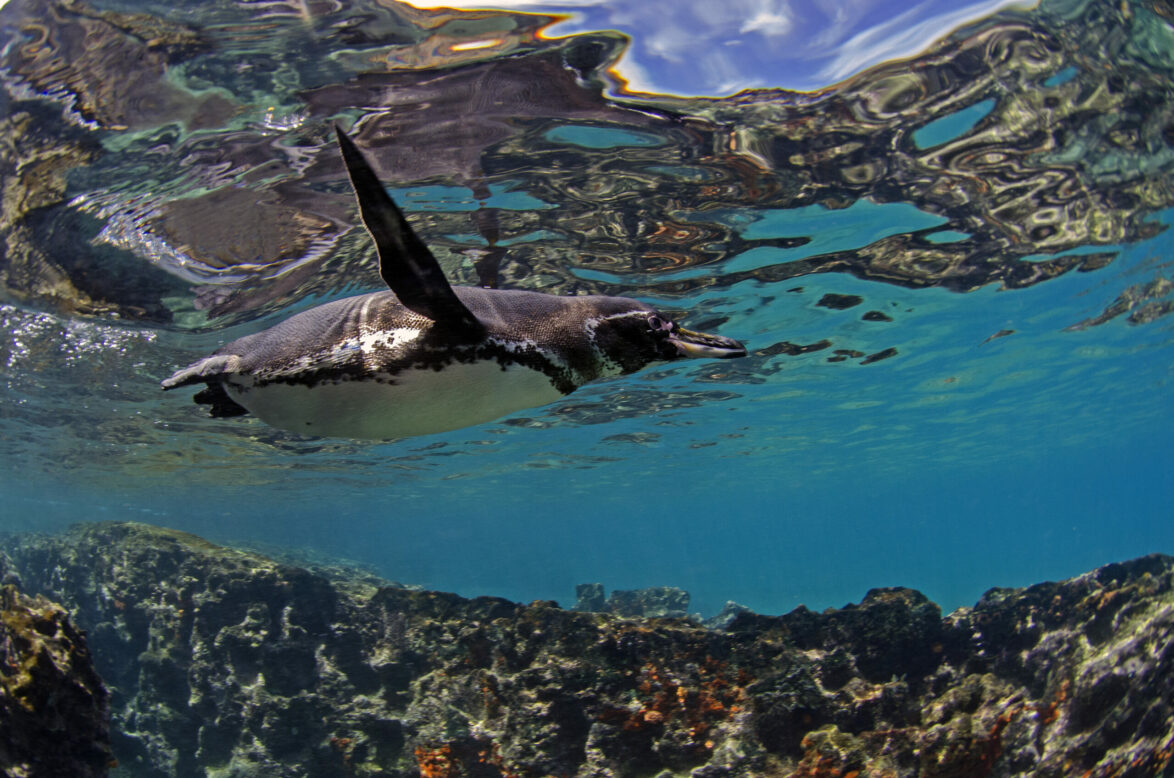
For over two decades I have led expedition travel to Antarctica, both on land and underwater, and I have worked as a scientist in Galapagos for three decades.
Galapagos is not only enriched by the upwelling of nutrient-abundant waters; many of its resident and visiting species hail from the Southern Ocean. The aforementioned penguins, the Galapagos fur seal, the waved albatross and the humpback whale either have their origins here or are seasonal visitors travelling between the two areas.
Countless smaller marine vertebrates, along with invertebrates and marine algae, are swept north to the Equator by the Humboldt current. Huge plankton blooms occur as the cold nutrient-rich waters from the south meet the warm tropical waters of the north. This not only creates a massive food source for all marine life, but also plays a crucial role in climatic balance and change.
Phytoplankton remove carbon directly from the atmosphere, which is then consumed and sequestered by filter feeders, and progressively through the food chain by apex predators such as sharks. Blue carbon, as this oceanic carbon storage is now known, is fast becoming the focus of climate change mitigation efforts, as the ability of the oceans to absorb anthropogenic carbon, from activities such as the burning of fossil fuels, far exceeds that of the land.


Blue carbon – What is it?
The global ocean and the species that live there play a major role in capturing carbon from the atmosphere – called blue carbon.
For over two decades I have led expedition travel to Antarctica, both on land and underwater, and I have worked as a scientist in Galapagos for three decades. During this time I have seen changes and challenges in both regions, such as the dangers of introduced species that can so easily arrive on vessels, or even in the tread of a hiking boot in the case of invasive plants or pathogens. Or avian flu, which has caused mass die out of both domestic and wild bird populations around the world, and which could so easily be spread by visitors to either of these fragile places.
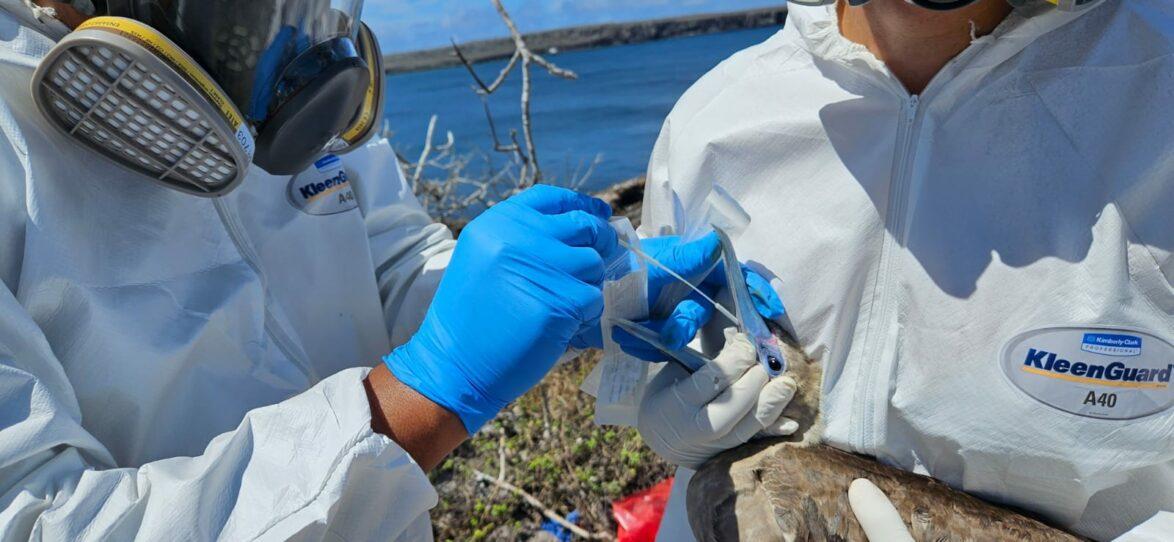

Invasive species
Despite strong biosecurity measures, invasive species such as rats and feral cats are devastating native plants and animals, with nearly 50% of the Galapagos Islands’ land birds at risk of extinction.
The question as to why we then continue with tourism to either area is often discussed, but the answer is quite simple. In Galapagos over 97% of the local population lives directly or indirectly from tourism. The alternative would be large-scale fishing, which, as we have seen worldwide, is hugely destructive on so many levels.
For Antarctica, mining and extracting the untapped resources (already a point of focus for the Sauron-like eye of industrial mining corporations and governments) would bring disastrous consequences.
We will never protect what we don’t know or understand. Education through experience, combined with scientific research, is the only way that active conservation and resource management will provide alternatives to activities such as industrial fishing and mining.

No matter how isolated an island ecosystem may appear, global connectivity through ocean currents and atmospheric circulation demonstrates how our planet is a single global entity, where cause and effect are felt in every part of the Earth.
Related articles


How can we make tourism a regenerative force for good for Galapagos?
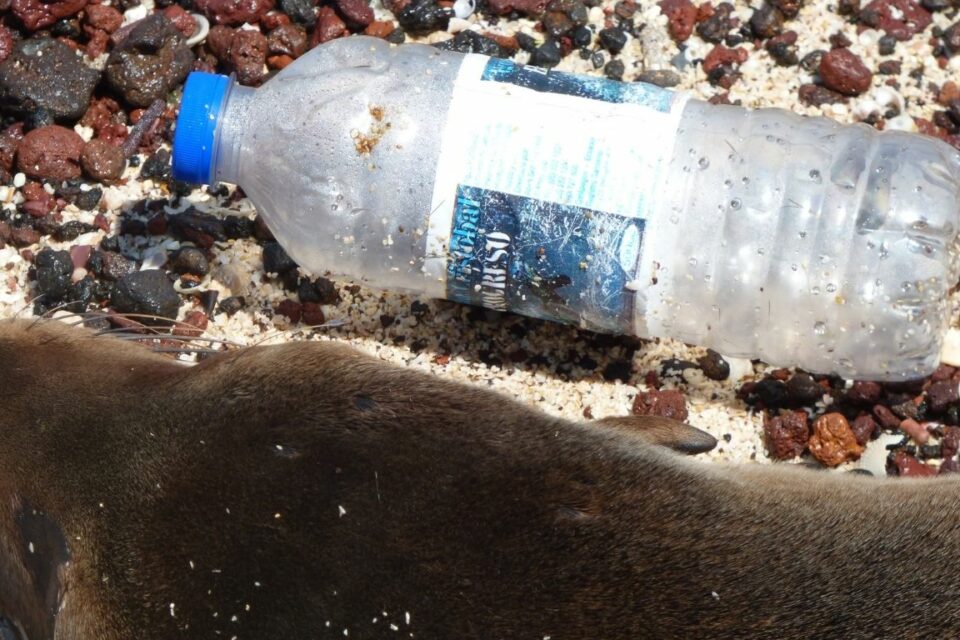
My time as a researcher for GCT: investigating the relationship between tourism and plastic waste in Galapagos
